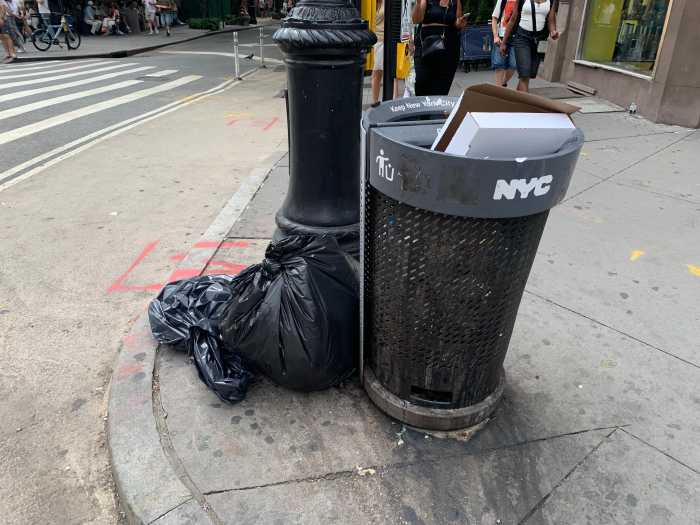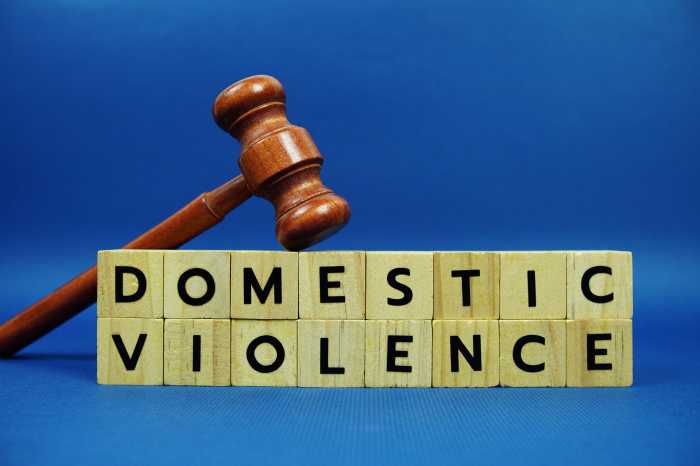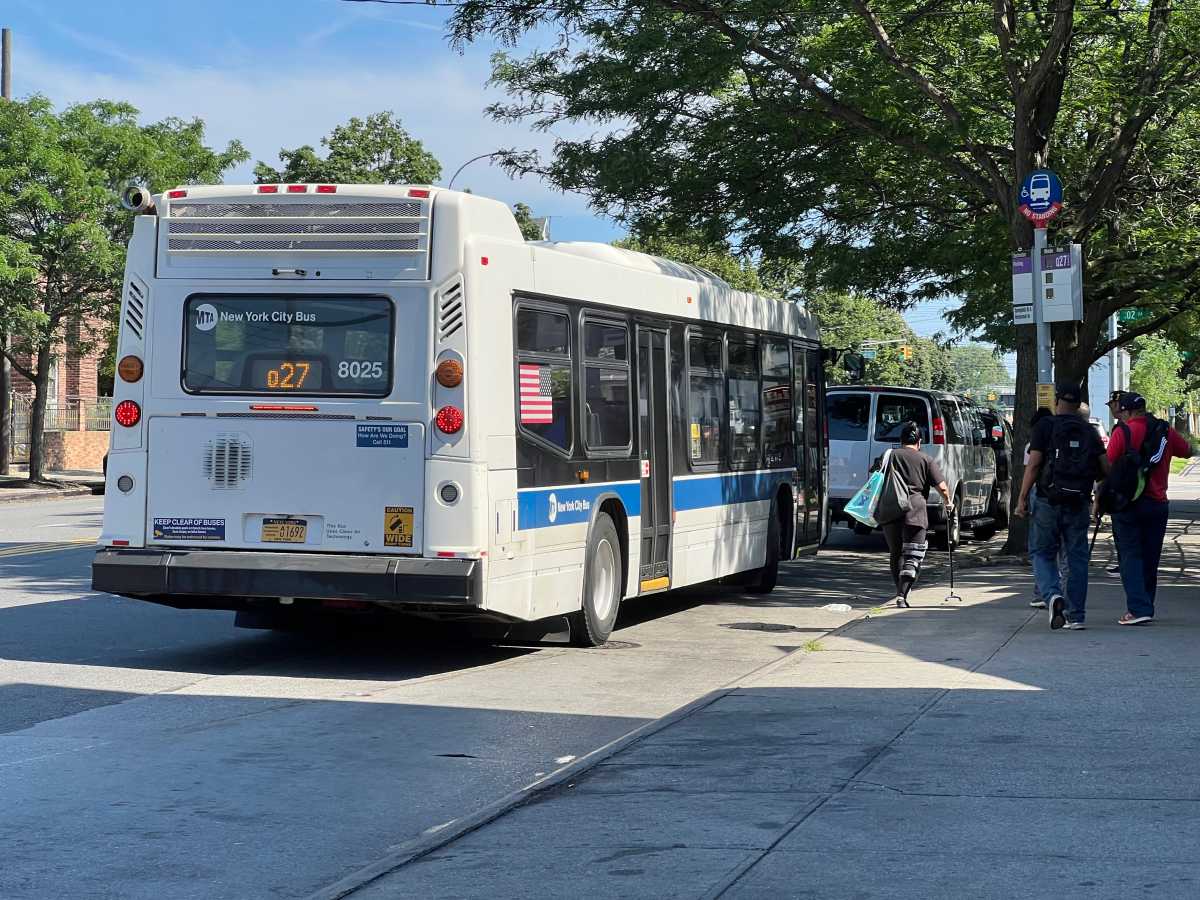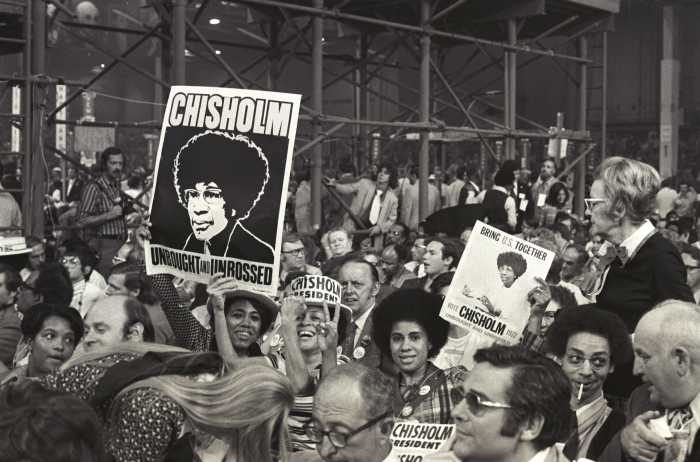
BY TERESE LOEB KREUZER | Facing a room full of Greenwich Village residents who had lost their electricity during Superstorm Sandy, David Gmach, director of public relations for Con Edison, said it wasn’t the company’s fault. “The flooding was on a level that had not been predicted,” he said, “and was much worse than anything we had seen.”
Out of the 1.1 million Con Ed customers who lost service, around 230,000 were in Manhattan. Most were south of 40th Street on the East Side and south of 30th Street on the West Side. Some of the service was restored within a week, but some buildings remained without grid-supplied power for weeks or months, in part because their own internal electrical systems had been damaged or destroyed.
Con Edison, which supplies electric, gas and steam service to more than three million customers in New York City and Westchester County, took an estimated $350 million to $450 million hit because of Superstorm Sandy. Now it’s time to pay the tab. Much of that money will come out of consumers’ pockets.
On Jan. 25, the utility asked the New York State Public Service Commission to approve rate increases of $375 million for electric delivery service and $25 million for gas service. Con Ed estimates that if these increases are approved, the average electric bill would go up 3.3 percent and the average gas bill, 1.3 percent. Steam customers would see a 10.1 percent decrease in their rate because Con Ed has converted two steam plants from burning fuel oil to natural gas, which is significantly less expensive.
The new rates would go into effect on Jan. 1, 2014 for a period of one year. However, Con Ed said that it was open to discussing a multi-year rate plan for each service, with revenue targets for its electric, gas and steam systems of $272 million in 2015 and $351 million in 2016.
In addition to having to recoup losses from Sandy, Con Edison is looking at large expenditures to protect its equipment and wiring from future storms. The company plans on spending $1 billion through 2016, with $250 million already earmarked for this year. This money would be used to protect equipment in low-lying areas, to build higher flood walls around Con Ed facilities and to reinforce overhead wiring or to bury it, where possible.
Con Edison hopes that some of the money will come from the federal government.
Gmach, addressing Community Board 2’s Environmental Committee in early January, described in detail what happened when Sandy came calling. Preemptively, on the night of Oct. 29, Con Edison shut off power to the Financial District east of Broadway and south of the Brooklyn Bridge. “You don’t want to have a lot of water, salt and energized equipment coming together,” he said. “That’s a recipe for disaster.”
He said the salt water would have been devastating for the equipment. “It’s better to turn everything off beforehand so that when you can pump out the water and clean off the salt, you haven’t damaged the equipment,” he said. “It turned out that it was the right decision because had we not done that, you would have seen a lot more fires being caused and a lot more damage to equipment that would take much longer to replace.”
Gmach said that Con Edison knew in advance that its East River complex on East 13th Street would flood. It includes a steam plant, a generating plant for electricity and several substations. To mitigate the damage, the company closed the complex down before the storm hit, but then, “The water came from the river, from the F.D.R. [Drive], from the sewers, from Avenue C – it was really coming from all directions,” Gmach recalled. “A block away from the plant, cars were floating.”
He said that at about 8:12 p.m., some equipment failed due to the flooding but the system continued to operate for about 20 minutes thereafter. Then a fire occurred that plunged much of Chelsea, Greenwich Village and Lower Manhattan into darkness.
After the storm surge receded, Con Edison crews aided by utility crews from other parts of the country began the arduous and dangerous task of replacing and testing equipment. “By November 2nd, we were able to start restoring power to much of Manhattan,” Gmach said. “On November 3 – that Saturday – we were able to restore power to that area we had shut off preemptively.”
He said that Con Ed’s steam system supplies steam from 96th Street to the tip of Manhattan and has about 1,700 steam customers. One building could be a customer, he noted. “We took our steam plant on 14th Street offline. By Nov. 11, we were able to bring back steam to all customers.”
Could Con Edison have predicted any of this? Some marine scientists have been warning for years that a storm such as Sandy could strike New York City with devastating repercussions. They have also said that a storm even worse than Sandy could strike the metropolitan area. Sandy, after all, was not even a Category 1 hurricane when it came ashore. However, if Con Edison ignored the warnings, despite Hurricane Irene the previous year, which might have been viewed as a wake-up call, it was certainly not alone.
At a recent lecture entitled “Adapting Cities to Climate Change” at the New York Academy of Sciences, Dr. Radley Horton, a scientist at Columbia University’s Center for Climate Systems Research, offered this assessment of the future. “The next big event won’t be the same as Sandy,” he said. “We could be on a path where we can adapt, but we must act now. We’ve had around one foot of sea level rise in New York City in the last half century. Even weaker storms in the future could cause two or three times as much coastal flooding as Sandy.”




































